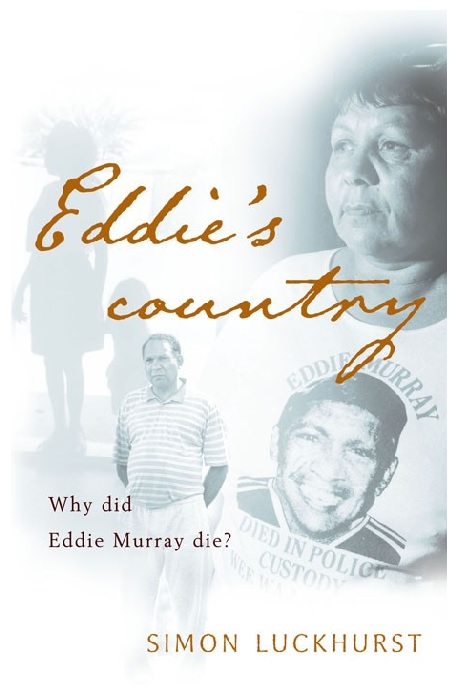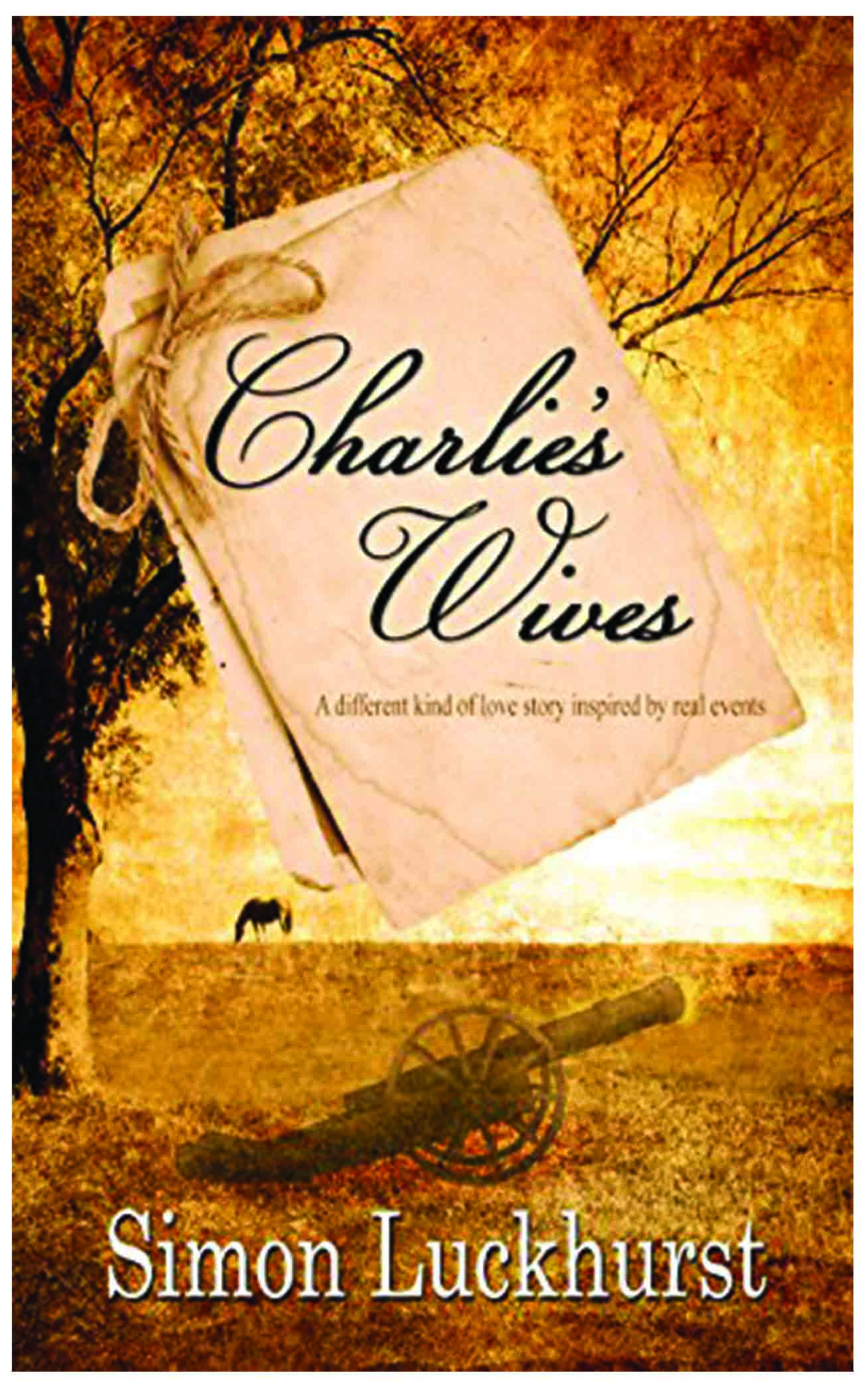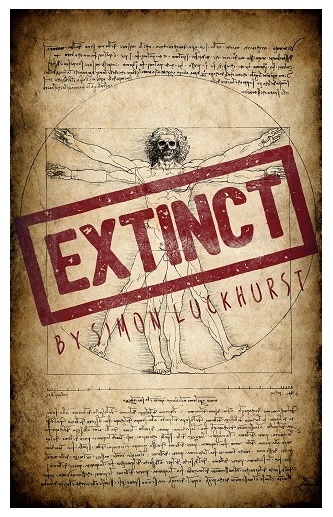 |
A brief history of the Eddie Murray case... |
Aboriginal and Torres Strait Islander viewers of this page should be aware that seeing images of deceased persons or reading their names may cause sadness or distress and in some cases may offend against cultural prohibitions.
All viewers of this page should be aware of the cultural sensitivity of some of the issues and material which it discusses. Please be aware of the sensitivities of the living relatives and friends of those whose stories are recorded here.
1975: Murray family move to Wee Waa, Arthur Murray becomes active in Wee Waa Advancement Association. Supportive of Aboriginal rights but gains reputation as 'troublemaker' among some members of white community. Frequently comes to attention of police.
1976-1981: By this time Eddie Murray has had a number of interactions with police. He has lived in Newcastle and Sydney and spent time working in the Riverina and Broken Hill, significantly he has only ever been arrested in Wee Waa.
May 1981: Eddie is living in Sydney, but returns to Wee Waa to assist his sister in a court case. Eddie is looking forward to returning to Sydney as soon as a cheque he is waiting for arrives. He is anticipating playing in a representative football match in New Zealand.
12 June (Friday) 1981: Eddie apprehended for being drunk. Taken to Wee Waa police station. There is later evidence given of a confrontation with at least one of the four officers on duty. 50 minutes after being detained Eddie is found dead in his cell. Police call doctor, then ambulance. Occurrence pad written describing Eddie's death as occurring by hanging. Officer assists ambulance officer to remove Eddie's body from cell. Three officers leave police station to go on 'unspecified patrols' of the town leaving most junior officer in charge of the police station. Nurses later report seeing police vehicle near hospital morgue now containing Eddie's body. Murray family informed of Eddie's death. Family expresses their disbelief he was suicidal. Senior officer arrives in town to investigate Eddie's death. Fails to view Eddie's body or talk to Murray family about his potential for suicidal intent. Investigating officers depart Wee Waa leaving senior Wee Waa officer (on duty at time of Eddie's death) in charge of investigation.
13 June 1981: Family view body. Suspicions rise that clothes Eddie is wearing are not his own. Family requests Eddie's clothes after post mortem. Autopsy carried out in presence of some police officers and forensic photographer, who fails to take any photographs of the procedure and only takes a limited number of shots from limited angles. Later comments on photos suggest 'not the standard' usually expected. Later comments on autopsy highly critical of it. Family request clothing while visiting cell Eddie died in.
15 June 1981: Family again request clothing. Now told it can't be found. Clothing and Eddie's wallet never returned to family.
November 1981: Inquest. Officer Fitzgerald claims was picking wife up from hospital at time of Eddie's death, hospital records show she was discharged the day before Eddie died. Civilian witnesses contacted by police support police evidence.
December 1981: Coroner returns 'open' finding that Eddie died by his own hands 'or that the hand or a person or persons unknown.' He describes Fitzgerald as an 'unreliable witness', and adds that 'no credence' can be placed on his evidence. Coroner also critical of the internal police investigation of Eddie's death, saying 'I find the officer in charge of the case fell short in his enquiries in that he made no enquiries of relatives or persons who may have assisted in this regard'.
1982: Family expects NSW Attorney General to hold full investigation into case.
April 1982: Detective Inspector Joe Parrington reviews case, fails to interview anyone from the Murray family.
1983: Murray family informed that no new investigation into Eddie's death will be held.
June 1987: Terry Sheehan as NSW Member for Pittwater assures the Murray family that 'if any fresh information or evidence came to light in relation to the death of Edward Murray it would be acted upon' (by the NSW government).
6 August 1987Lloyd Boney found dead in police cell in Brewarrina, northwestern NSW, the sixteenth Aboriginal death in custody that year.
12 August 1987: After years of campaigning by Aboriginal people including the Murray family, Royal Commission into Aboriginal Deaths in Custody announced.
15 August 1987 Brewarrina Riot takes place after police clash with mourners following the funeral of Lloyd Boney. Arthur Murray subsequently charged and imprisoned, however charges were quashed some years later.
February 1988: Royal Commission hearings begin into Eddie's case. No officer admits to creating police occurrence pad. No officer admits to assisting ambulance officer to remove Eddie's body from cell. Ambulance officer and doctor fail to recall seeing hanging marks on Eddie's neck.
June 1988: Hearings conclude into Eddie's case.
February 1989: Justice Muirhead resigns from Royal Commission.
March 1989: Findings handed down in Eddie's case. Muirhead says of Officer Moseley, 'his lack of memory and apparent level of fear worried me.' Of Officer Page he said he was 'concerned over some aspects of his evidence … Page denied involvement in a number of matters, whereas the evidence has led me to the opposite conclusion …' Of Officer Parker he said 'his evidence on a number of matters was reliable, although in conflict with other witnesses, his testimony on some other issues led me to doubt his accuracy or frankness…' The Commissioner then noted that, 'Had there been medical evidence consistent with Eddie's death having been caused by a third party, Parker's evasiveness would assume significance and sinister overtones.' For Officer Fitzgerald, Justice Muirhead found him 'detached,' adding that, 'His lack of interest in what had occurred and lack of knowledge on some issues did not strike me as sincere.' Muirhead said he was 'concerned' that he had not 'been given an accurate account as to what took place when Eddie was placed in and locked in the cell.' Muirhead had 'doubt' that it 'was as quiet an episode as the evidence of the officers depicts.' Despite these misgivings Muirhead still finds that in all probability Eddie had taken his own life. Royal Commissioner fails to establish why police would lie to the Inquiry.
1991: Both Commonwealth and NSW DPP fail to investigate police lying to Royal Commission despite obvious inference they must have done so as although under oath none admitted to creation of Occurrence Pad or to assisting Ambulance Officer to remove Eddie's body from cell.
1994: Officer Parker found to be a corrupt policeman by NSW Independent Commission on Corruption. Significantly one of his failings was falsifying police records.
1995: Publication of 'Too Much Wrong' by Newcastle University Legal Centre which comprehensively describes relevant investigative failures of Eddie Murray case.
August 1997: Wood Royal Commission instigated and shows 'endemic' levels of corruption in NSW Police Force. Describes police routinely carrying out all the actions necessary to do something like cover up the true cause of Eddie Murray's death such as falsifying records, changing evidence, assaulting prisoners and use of the police 'code of silence.'
November 1997: Eddie's remains are exhumed. Broken sternum noted, unrecorded at original inquest. Forensic pathologist suggest fracture could have occurred 'immediately prior to death.' Legal team feel this injury should be seen as significant reason to hold new investigation into Eddie's death.
December 1999: NSW Police Minister commissions a report from government solicitor which recommends new inquiry into Eddie's death.
August 2000: Case referred to NSW Police Integrity Commission. NSW Police Minister Paul Whelan assures the Murray family that should the PIC fail to investigate the case 'it would not be the end of the road' for the matter. Assures the Murray family that he wants 'to find the truth as quickly as possible' and that he 'will want to know why' if the case is not resolved.
4 April 2003: Leila Murray, (Eddie's mother) dies.
11 September 2003: PIC admits Eddie Murray case deprioritised against other PIC investigations. Also admits case had a number of different managing officers. Its 'Preliminary' investigation fails to consider all evidence offered by Newcastle University Legal Centre. After three years PIC has only talked to eleven people (none under oath), examined just nine documents and ordered the creation of only four more, none of which it will release to the public. It informed the Murray family legal team of some of its inquiries, however only did so under PIC Secrecy Act. It has consistently refused to release a final report claiming this is 'not in the public interest.' Members of Newcastle University Legal Centre question whether PIC had the 'understanding or will' to properly investigate the case.
June 2004: NSW Justice Minister states in Parliament that, 'Further investigation of Mr Murray's death would be dependent on new or additional material,' which again places onus for finding new evidence onto the Murray family and not the state's investigative apparatus. It also ignores the fact that new evidence has already been offered to it and has been ignored.
20 May 2006: Eddie's Country published.
12 June 2006: Campaign for new inquiry by NSW Government into the matter of Eddie Murray's death is launched. It fails to gain traction and the matter is again ignored.
20 September 2012: Arthur Murray, (Eddie's father) dies.

